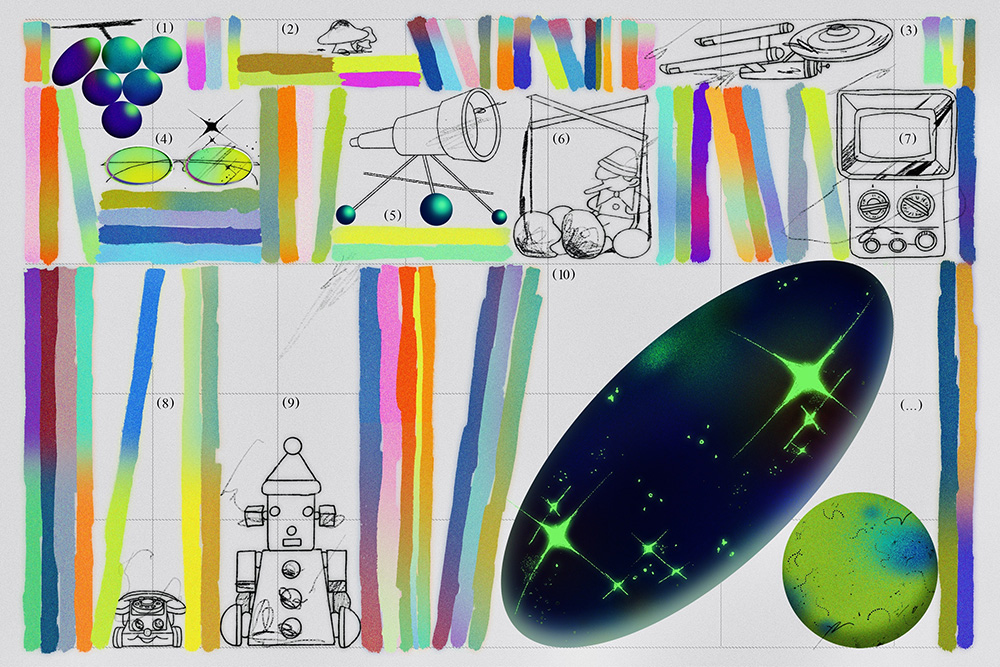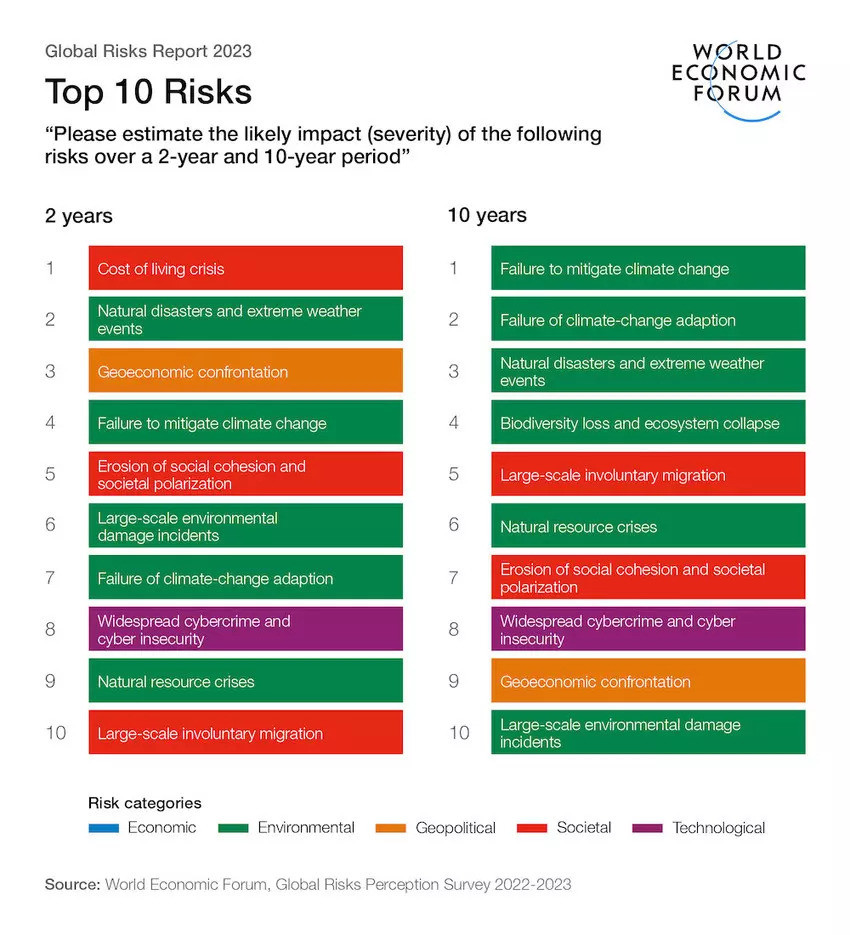
September 13, 2017
How We Read Matters
“What does the future hold for books?” The question is often phrased that way, as if our concern were for the books themselves. The query is typically followed by a series of proposals on how we might improve the book’s condition. The improvements usually involve new layers of digital interaction, largely inspired by the way reading happens on social platforms. But we consume text differently in different contexts. Skipping across backlit posts punctuated by pop-up alerts buoys us on the surface. Drinking in pages without disruption allows us to submerge. Both activities technically qualify as reading, but the experiences are wildly divergent. Imagining the future of books means—very specifically—imagining the future of uninterrupted, long-form reading.
Creative practitioners and voracious readers both refer to the aforementioned submersion as “the zone.” Our identity falls away as we zero in on reading—or designing—a book. We become what we’re doing. The benefits of long-form reading are frequently touted: six minutes in and our stress hormones dissipate, forgetting ourselves in a story increases our capacity for empathy, those of us who strengthen our minds with narratives age more gracefully. But “the zone’s” most alluring value proposition, the reason we read—and design—books again and again, is that it primes us for discovery. When lost in designing, we discover the nooks and crannies of our craft and the solutions to the design problems with which we’re wrestling. When lost in reading, we discover more about the wider world and about ourselves. Emptying into what we’re doing makes room for everything else to rush in.
“This is more than merely a distraction but an active engaging of the imagination, as the words on the printed page stimulate your creativity and cause you to enter what is essentially an altered state of consciousness.” —Dr. David Lewis
According to the Gallup and the Pew Research Center, the number of people who explicitly do not read books has nearly tripled in the last 40 years. Even the current president of the United States has proudly proclaimed that he does not read books. This trend projects a course for the future of book publishing, but the costs are well beyond economic. When we exclusively surface-read, in a context rife with distraction, never flexing the analytical muscles of long-form reading, we expose ourselves to the dangers of disinformation. Fake news is only a threat to our democracy if we believe it, and it’s only believable if our reading is shallow. Shallow reading leads to shallow thinking. We are responsible for the consequences of the way we choose to read. The choices we make as designers also have consequences; we set the depth potential of reading experiences.
“If the reader is taken in by invented news stories, he has obviously failed himself. And if he participates in circulating them, through sharing, reacting, and commenting, then he has failed in his responsibility to others.” —Kylene Beers and Bob Probst
I love everything about books and the book publishing industry, but I love reading more. It might be possible to design a better intensive reading experience, but it will only be possible if we first empathize with the mindset of long-form readers. Perhaps designers will begin using virtual reality’s world-cancelling properties to help readers find new ways to submerge in text. So far I haven’t encountered anything superior to the immersive experience of bound paper, and as the digital era progresses, the printed page increasingly becomes a subaqueous respite from the choppy, often deceptive, surface. What does the future hold for books? To be honest, I’m more concerned about what the future holds for readers.
Brian LaRossa is moderating a panel on the future of book design at Future Perfect: What’s next in book design, hosted by AIGA, Design Observer, and the Scholastic Design Forum.
Observed
View all
Observed
By Brian LaRossa
Recent Posts
Mine the $3.1T gap: Workplace gender equity is a growth imperative in an era of uncertainty A new alphabet for a shared lived experience Love Letter to a Garden and 20 years of Design Matters with Debbie Millman ‘The conscience of this country’: How filmmakers are documenting resistance in the age of censorship



